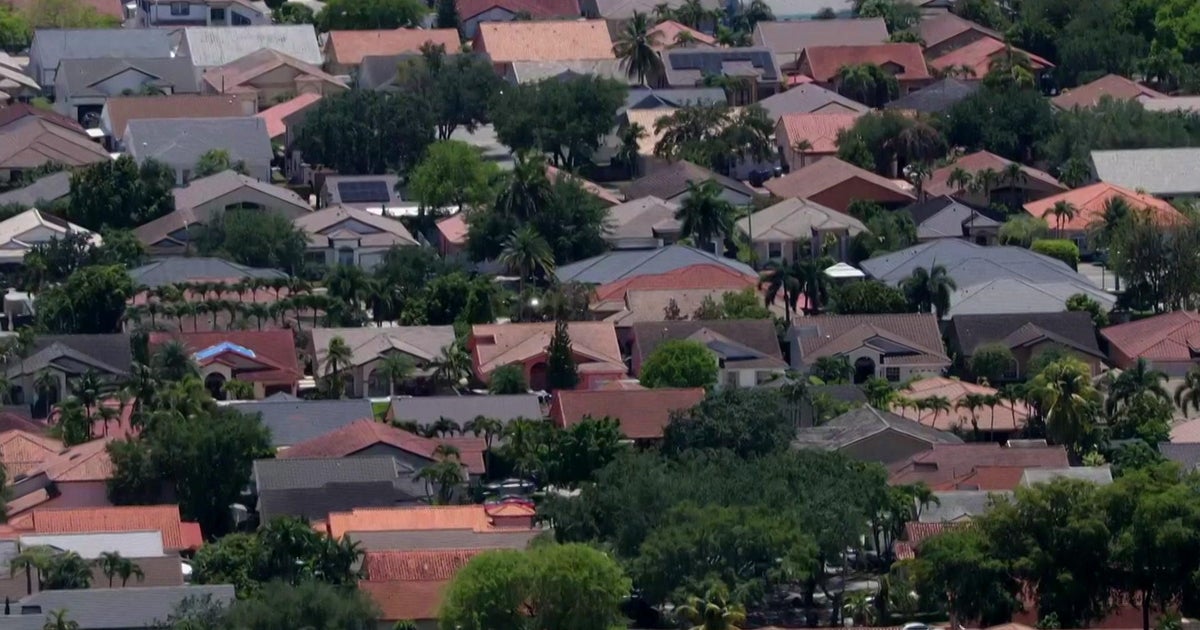Number Of Cubans Fleeing To U.S. Is Increasing
Follow CBSMIAMI.COM: Facebook | Twitter
MIAMI (CBSMiami) – The Cuban refugee rafter crisis was paramount two decades ago but now it seems the numbers are starting to increase once again.
It was the latest show of desperation for migrants trying to reach the shore on Monday as crews tried to rescue them by sea and air.
READ: Eight People Rescued Near Sands Key
Just last month, a group of migrants showed up in a rickety steel framed boat with some kind of car or truck engine. The group had been at sea 10 days.
READ: Cuban Migrants Come Ashore On Key Biscayne
The numbers of Cuban migrants coming to the U.S. are again increasing drastically.
Jose Basulto said "it's cyclical."
CLICK HERE To Watch Cynthia Demos' Report
Basulto started Brothers To The Rescue which is not operating right now. He meets every Monday with a group at Larios in South Miami to talk about the days events.
He said Monday's event , "deals with the political weather…people can't deal with it anymore."
Experts said Raul Castro came into power in 2008 and his reform is not working so now another wave of Cubans are fleeing.
Twenty-five thousand Cubans arrived by land and sea in the United States without travel visas in the fiscal year that ended on September 30th. Not since the rafter crisis of 1994 has the United States received so many Cuban migrants.
The Cuban government also loosened travel restrictions which made it easier to travel to places like Mexico where Cubans can walk into the U.S. as well.
But by sea, the U.S. Coast Guard spotted 3,722 Cubans in the past year which is almost double the number who were intercepted in 2012.
The increase highlights the consequences that come with the wet foot/dry foot policy.
Although the number migrating by sea hardly compares with the summer of 1994, the number of illegal and legal Cuban immigrants combined has surpassed the number of those who arrived during the crisis 20-years ago.
For the past 10 years, sophisticated smuggling networks were responsible for the vast majority of Cuban migration.
A crackdown by the American authorities and a lack of financing available to Cubans on the island have shifted the migration method back to what it was two decades ago, when images of desperate people aboard floating wooden planks gave Cuban migrants the "rafters" moniker.
Coast Guard statistics show about 20 percent of the vessels used in 2008 were homemade, but this past year, 87 percent of the migrants spotted at sea were riding rustic boats that the passengers had built themselves.
RELATED CONTENT:




